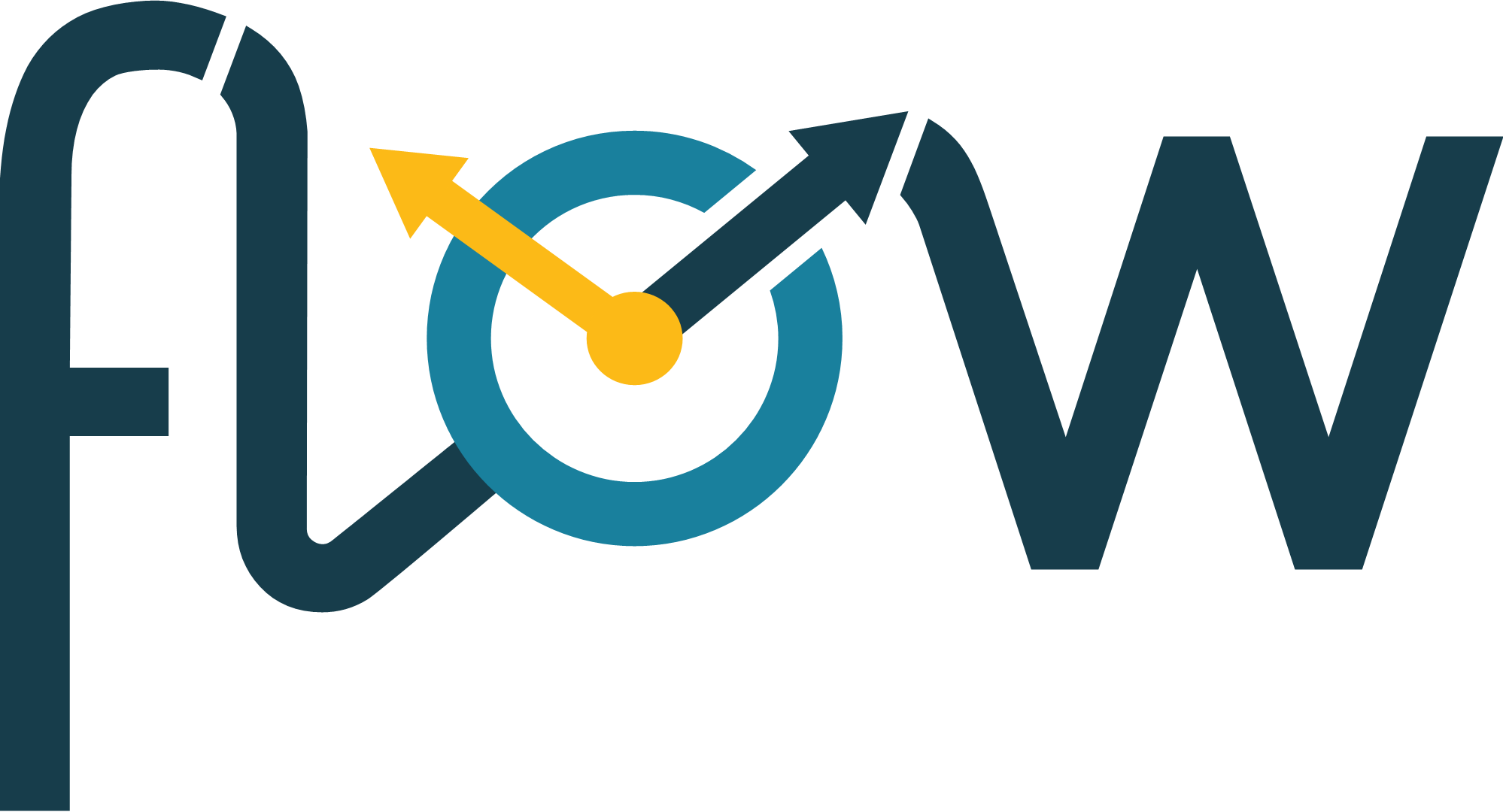Developing, Implementing and Maintaining a Workforce Management System
Implementing employee scheduling and timekeeping solutions that work.

Achieving both strategic and operational workforce asset management requires the integration of several major software applications or online solutions. These include:
- Enterprise Resource Planning (ERP) – Software that integrates internal and external management information, typically from sales and service, operations, and finance/accounting.
- Human Resource Information System (HRIS) or Human Resources Management System (HRMS) - Software that enables the entry, tracking and storage of employee information for the combined needs of human resources and payroll.
- Talent Management System – Software for recruiting, developing, and training employees.
- Timekeeping System – Software that manages data and rule sets for payment and reporting of employee activity. www.worksightflow.com/timekeeping
- Employee Scheduling System – Software used to match the right people to the production or service demands of the company. www.worksightflow.com/employee-scheduling
- Leave Management System – Software that manages the several types of absence and leave activities and programs. www.worksightflow.com/leave-management
The conversion from a manual to a computerized Workforce Management system is a significant task that requires careful planning. To be successful, it is imperative that support from top management is obtained. It is also important that HR department take full responsibility for the computerization effort, and not the IT department. A few steps must be followed when the system is developed. Three main phases in this process have been identified. These are:
- Needs Analysis
- Design and Development
- Implementation and Maintenance.
In the table below the three main project phases with their individual activities are identified. To obtain a better picture of what the process entails, the various activities that make up the distinct phases will be discussed in their own blog postings.
Phase 1: Needs Analysis
- Evaluate organization and form project team
- Determine Automation Needs
- Develop System Specs
- Analyze current and future reporting needs
- Develop RFP
- Identify and evaluate vendor packages
- Select vendor
- Develop proposal for management/decision makers
- Establish formal guidelines and procedures to resolve inefficiencies
Phase 2: Design and Development
- Develop detailed project plan
- Develop user groups
- Purchase hardware (if not SaaS (Software as a Service) solution)
- Modify in-house processes
- Modify/customize initial system
- Establish procedures and guidelines to support system
- Test system and user acceptance
- Convert data
- Train staff and/or project team
Phase 3: Implementation and Maintenance
- Train other users
- Refine system
- Develop/refine user documentation
- Conduct field analysis
- Prepare technical documentation
- Develop/work on integration
- Test system and user acceptance
- Implement integrations
- Maintain/enhance
- Distribute to organization
- Evaluate success/effectiveness





